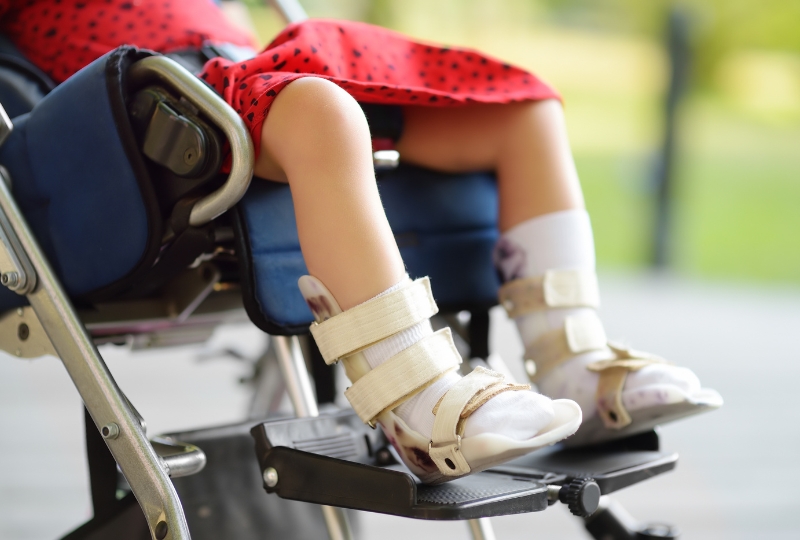Losing a family member is an emotionally devastating experience. When that loss occurs due to someone else’s negligence or wrongful actions, the pain can be compounded by feelings of injustice and anger. During such a difficult time, understanding your legal rights to compensation can provide both a sense of justice and the financial support needed to move forward.
Legal avenues for compensation following a family member’s death
When a family member dies due to negligence or wrongful actions, surviving relatives may have several legal avenues available to seek compensation, including:
- Medical negligence claims: If a loved one dies as a result of medical negligence, compensation may be available for the pain and suffering they endured, as well as the impact on their family.
- Motor vehicle accident claims: In the case of a fatal motor vehicle accident, claims can be made through insurance or against the at-fault driver, such as Compulsory Third Party (CTP), Motor Accident Insurance Commission (MAIC), or Transport Accident Commission (TAC) claims.
- Workplace death claims: In the case of a workplace fatality, compensation options include workers’ compensation death benefits, dependency payments, and legal action against negligent employers or third parties.
- Public liability claims: If a death occurs due to unsafe conditions in public or private spaces, such as slip and fall accidents, public liability claims may be pursued.
Who can make a compensation claim?
- Spouses or de facto partners
- Children (including step-children and adopted children)
- Parents
- In some cases, siblings or other family members who can prove dependency.
Claiming as a family member who witnessed medical negligence
Seeing a loved one endure harm in this way can lead to profound psychological trauma, extending beyond the grief of their loss. Australian law acknowledges this impact through what is often referred to as ‘nervous shock’ or ‘psychiatric injury’ claims.
Legal basis for witness claims
Family members who witnessed medical negligence or its immediate aftermath may have a separate claim if they:
- Developed a recognised psychiatric illness (beyond normal grief)
- Were present at the time of the negligent treatment or immediately after
- Can establish that their psychiatric condition was a reasonably foreseeable consequence of the healthcare provider’s negligence.
Examples of eligible scenarios
- A parent witnessing a child receive negligent treatment during birth or another procedure
- A spouse observing their partner receive incorrect medication leading to a severe reaction
- Family members present when a healthcare provider fails to respond appropriately to clear signs of deterioration
- Relatives who discover their loved one in a severely compromised state due to negligent care.
Evidence required for witness claims
- Medical records documenting the negligent treatment
- Psychiatric assessment and diagnosis of your own condition
- Documentation of your presence during or immediately after the negligent event
- Evidence of the impact of your psychiatric condition on your life, relationships, and ability to work
- Expert medical testimony linking the witnessed negligence to your psychiatric condition.
Call us for confidential, free legal advice.
Specific considerations for medical negligence death claims
Pre-existing conditions
- Did negligence cause or accelerate the death?
- Was the patient deprived of a chance of survival or longer life?
- Would proper treatment have improved quality of life, even temporarily?
Deaths in care facilities
- Failure to provide adequate monitoring
- Medication errors
- Inadequate prevention of falls or pressure sores
- Neglect of basic needs.
Understanding different types of compensable damages
Economic losses
- Funeral and burial expenses
- Medical expenses incurred before death
- Loss of financial support the deceased would have provided
- Loss of services the deceased would have provided (childcare, household maintenance, etc.).
Non-economic losses
1. Loss of companionship
2. Nervous shock (psychiatric injury) claims
Factors influencing compensation
- Age and life expectancy: Younger dependents with a higher life expectancy may receive higher compensation amounts.
- Degree of psychological impact: Non-pecuniary (non-economic) damages often relate to mental health issues. More severe psychological impairments usually warrant higher compensation
- Mitigating factors: Factors such as contributory negligence (where the deceased may have partially caused their death) and expert testimony may influence the claim’s outcome.
Find out how much you can claim today.
Time limits for making a claim
- Generally, claims must be commenced within three years from the date of death.
- In some jurisdictions, the time limit may be calculated from when the negligence was or should have been discovered.
- For claims on behalf of minors, different timeframes may apply.
- While courts have the discretion to extend time limits in certain situations, this should never be counted on.
Significant Australian case precedents in negligence death claims
1. Sorbello v South Western Sydney local health network; Sultan v South Western Sydney local health network (2016)
2. Annetts v Australian Stations Pty Ltd (2000)
The Annetts case involved two parents whose 16-year-old son was sent to work on a cattle station with the assurance that he would be supervised. Instead, the boy was placed in a remote location, became lost, and was later found dead after an extensive search. The parents were informed of his death by police over the phone months later. They claimed to have suffered psychiatric injury as a result of the stress and distress caused by the situation.
3. Gifford v Strang Patrick Stevedoring Pty Ltd (2003)
In this case, the defendant, Strang Patrick Stevedoring Pty Ltd, employed a forklift driver whose negligence led to the death of an employee who was crushed by the forklift. The deceased man’s three children, aged 19, 17, and 14, and his wife, later claimed to have suffered psychiatric injuries upon learning of his death. This case involved a claim from secondary victims, as the family members were not direct witnesses to the accident but were significantly affected by the news of the fatal incident.
While the mother’s claim was dismissed, the children’s claims were initially rejected under Section 4(1)(b) of the Law Reform (Miscellaneous Provisions) Act 1944 (NSW), which required claimants to have witnessed the event or its immediate aftermath.
At the time, Section 4(1) allowed for claims by family members who were close to the victim, even if they didn’t directly witness the incident. This provision was later replaced by the Civil Liability Act 2002 (NSW). The Court’s ruling expanded the scope of liability for psychiatric injury, particularly for family members of workplace accident victims, even when they were not present at the scene.
Our past successful cases for nervous shock claims
| Type | Case details | Settlement |
|---|---|---|
| Aged care home negligence | A man’s father died in an aged care home from sepsis, allegedly caused by a nurse’s mishandling of a catheter. The nursing home was initially reluctant to provide records related to the deceased’s care. Despite this, the plaintiff pursued legal action, resulting in a settlement for the plaintiff’s anxiety and depression. | $116,500 |
| Medical negligence | A man presented to a hospital in NSW with sharp left-sided chest pain on 13 July 2019, following a similar pain the day before. Despite initial treatments for a suspected heart attack, the decision was made to administer thrombolytic therapy, which led to intracranial bleeding and the patient’s death. The family received compensation for psychological distress. | $500,000 |
| Hospital negligence | A Western Sydney woman’s daughter, who had cerebral palsy and a ventricular-peritoneal shunt, passed away in 2012 due to a failure to diagnose and treat appendicitis. Despite presenting with typical symptoms, the daughter was wrongly discharged from a hospital without further investigation. This led to an untreated appendicitis that caused an abscess, which obstructed the shunt and resulted in her death. Following legal action and expert medical opinions, the hospital settled with the family for $150,000 in compensation for its negligence and the psychological distress caused to the plaintiff. | $150,000 |
 Written by: Garbis Kolokossian
Written by: Garbis Kolokossian 





